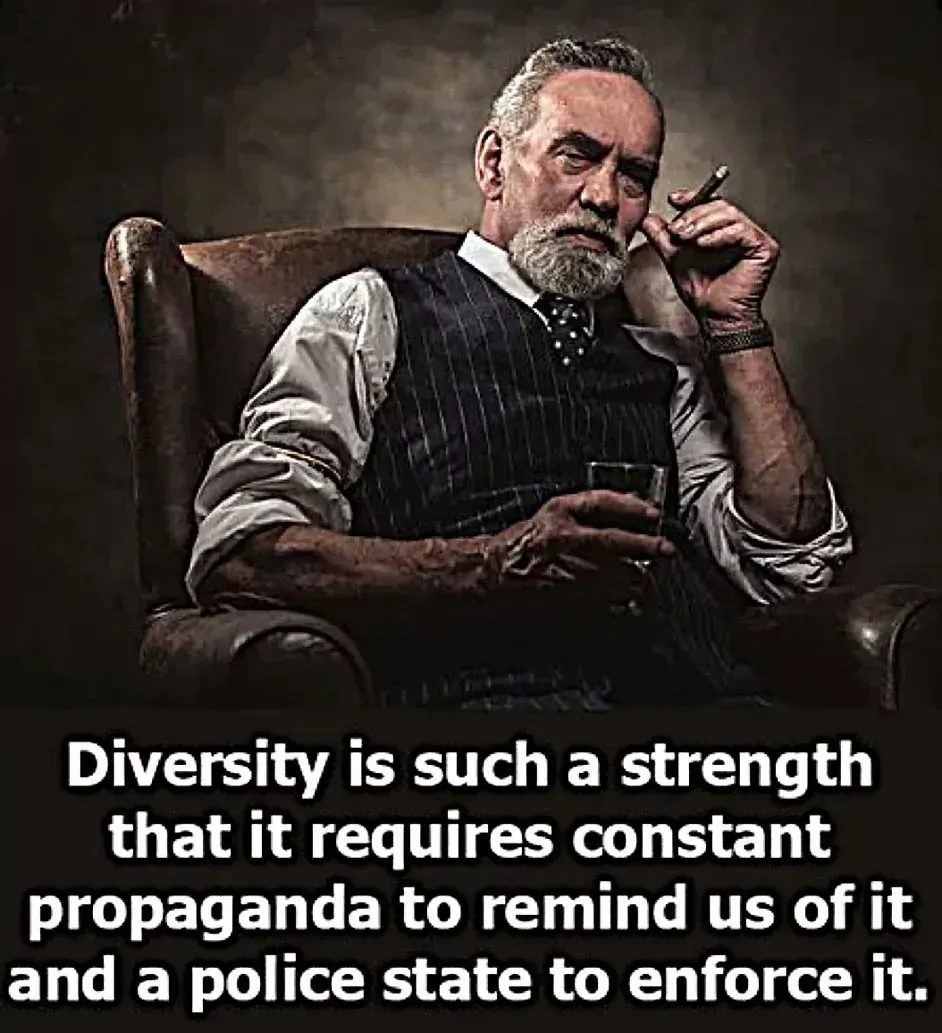The Smear That Vanished: How the Left Weaponized a Fake Trump Rape Allegation
A Political Bombshell with No Fuse

Introduction
In 2016, right before the presidential election, a woman using the name Katie Johnson accused Donald Trump and Jeffrey Epstein of raping her in 1994 when she was 13. The lawsuit hit the internet like a Molotov cocktail—timed perfectly to smear Trump’s campaign. It was shocking, salacious, and instantly viral.
And it completely fell apart.
No witnesses. No evidence. No trial. Not even a real plaintiff anyone could verify.
Within weeks, the case was withdrawn. She never appeared at her own press conference. And the media? Silent. The left? Moved on like it never happened.
This blog unpacks what really happened, why it stinks of political sabotage, and why we should all be concerned about how easily weaponized accusations can go mainstream with zero accountability.
The Allegation: A Ghost Story Wrapped in Legal Paper
The claim was simple and explosive: Donald Trump and Jeffrey Epstein raped a 13-year-old girl at an Epstein party in Manhattan in 1994.
The lawsuit was filed in California in April 2016, then again in New York in June. The plaintiff? A woman using the pseudonym Katie Johnson. She alleged brutal sexual abuse at the hands of both men—claims that should have triggered an avalanche of legal, journalistic, and criminal investigation if they were remotely credible.
But none of that happened.
Why?
Because the story didn’t hold up under even the most basic scrutiny.
No Evidence, No Identity, No Case
Here’s what the media won’t emphasize:
There were no police reports. No medical records. No corroborating testimony. Nothing resembling admissible evidence.
Her attorney never met her in person. Thomas Meagher, who filed the initial case, publicly stated he believed the woman may have been manipulated by outside actors.
The woman never gave a sworn deposition. She never faced a judge. She never showed her face in public.
She cancelled her press conference at the last minute, allegedly due to threats—though no documentation of those threats was ever released.
After that? She vanished.
Let that sink in: the woman accusing a presidential candidate of raping her as a child never appeared in court, never submitted to cross-examination, and never provided so much as a selfie. And the lawyers behind her couldn’t even verify who she was.
The Timing Was Political. The Impact Was Intentional.
The accusation was filed months before the election—strategically released to coincide with peak media scrutiny of Trump’s campaign. It was a headline-grabber designed to damage, not to seek justice.
Just like the “Access Hollywood” tape.
Just like the “Russia pee tape.”
Just like the “Fine People” hoax.
Just like the Kavanaugh gang rape lie.
And in each case, once the accusation served its political purpose, it was quietly dropped or disproven—after the damage was done.
In Katie Johnson’s case, the claim didn’t even survive long enough for a judge to issue a ruling. It was voluntarily withdrawn before the legal system could test its credibility. The left got the soundbites, the media got the clicks, and the voters were left sorting through the garbage.
Even Left-Leaning Outlets Didn’t Buy It
To their credit, a few liberal media outlets saw the red flags.
VICE called the case “unlikely to go anywhere” and noted how amateurish the filings were.
The Daily Beast pointed out the inconsistencies in the complaint and the total lack of evidence.
Snopes, the fact-checking site often biased toward the left, labeled the claim “unproven” and highlighted that no public record or proof existed to substantiate the allegations.
But despite the obvious holes in the story, plenty of Twitter blue-checks and activist accounts ran with it as fact. That’s how this game works: launch a lie, let it trend, then disappear before it can be debunked in court.
Let’s Be Honest About Epstein and Trump
Was Trump ever close to Epstein? They knew each other in the social circles of New York and Palm Beach—like everyone else in that orbit. But here's the difference:
Trump banned Epstein from Mar-a-Lago after Epstein allegedly made a move on an underage girl.
No flight logs place Trump on Epstein’s plane to the island.
Trump never appeared on the infamous island guest list.
No woman has ever credibly accused Trump of being part of Epstein’s trafficking ring.
Meanwhile, Bill Clinton flew on Epstein’s plane over 26 times, ditched his Secret Service multiple times, and is credibly accused of being seen on the island. And yet, the media doesn’t push that narrative.
Because this was never about justice. It was always about politics.
The Real Damage of Fake Accusations
False claims like this one hurt everyone:
They discredit actual victims by eroding public trust.
They exploit the legal system as a political weapon.
They turn serious accusations like rape into political tools—which is grotesque and dangerous.
We saw the same tactic with Brett Kavanaugh, where outlandish, unsupported claims were used to try to sink a Supreme Court nomination. And again, no evidence. Just accusations shouted into the void and amplified by activists.
This isn’t justice. It’s character assassination by anonymous complaint.
Why This Matters
In a nation built on due process, innocent until proven guilty, and rule of law—this matters.
When allegations can be made anonymously, without evidence, and still be used to influence elections or destroy reputations, we’re not operating in a democratic republic anymore. We’re living in a digital mobocracy.
The “Katie Johnson” case may be forgotten by most people, but the tactic it represents is very much alive.
We’ll see it again in 2028. Or sooner. The playbook works—until people like you and me call it out for what it is: a coordinated, partisan smear campaign.
Final Word: She Never Existed—But the Damage Was Real
The truth is that “Katie Johnson” may have never existed at all—at least not in the way the lawsuit described her.
What’s real is the damage this kind of hoax does to our discourse, our elections, and our trust in one another.
We can’t let weaponized fiction take the place of verifiable fact.
The next time someone brings up this myth, send them this blog.
Let them know the truth.
And don’t let them get away with pretending they care about victims when all they really care about is power.
Disclaimer:
The views expressed in this post are opinions of the author for educational and commentary purposes only. They are not statements of fact about any individual or organization, and should not be construed as legal, medical, or financial advice. References to public figures and institutions are based on publicly available sources cited in the article. Any resemblance beyond these references is coincidental.
References:
Snopes. (2016). Did Donald Trump Rape a 13-Year-Old Girl? https://www.snopes.com/fact-check/donald-trump-rape-lawsuit/
VICE News. (2016). The Lawsuit Against Trump Was Dropped. It Was Probably Never Going Anywhere
The Daily Beast. (2016). The Woman Who Accused Trump of Raping Her at 13 Drops Lawsuit
NPR. (2019). What We Know About Donald Trump and Jeffrey Epstein's Relationship











